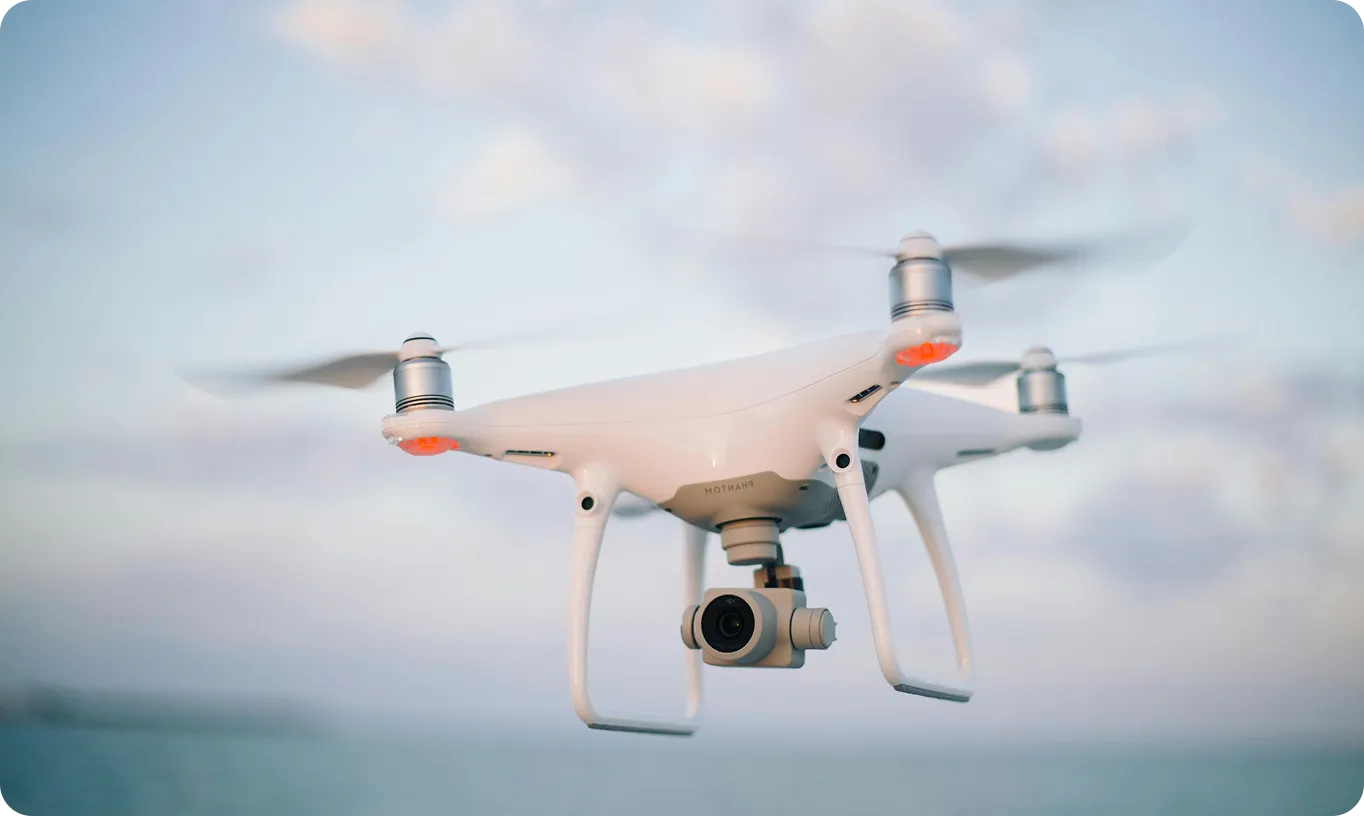Autonomous Vehicles (AVs), commonly known as self-driving cars, are vehicles engineered to perceive their surroundings and navigate without human intervention. These systems represent a major application of Artificial Intelligence (AI) and Machine Learning (ML), aiming to fully automate the complex task of driving. The development of AVs integrates advanced sensors, sophisticated algorithms, and powerful computing platforms to enable safe and efficient operation, promising to revolutionize personal transportation, logistics, and urban planning. Understanding AVs requires familiarity with core concepts in perception, decision-making, and control systems, all heavily reliant on AI.
Core Technologies Driving Autonomy
The ability of an autonomous vehicle to operate safely hinges on a suite of integrated technologies, primarily driven by AI and ML, especially Deep Learning (DL).
- Computer Vision (CV): This is fundamental for AVs to "see" and interpret the world. Cameras capture visual data, which is processed using CV algorithms to identify road lanes, traffic signs, pedestrians, other vehicles, and obstacles.
- Object Detection: A key CV task where models identify and locate objects within the vehicle's field of view, often drawing a bounding box around each detected item. State-of-the-art models like Ultralytics YOLO11 are frequently used for their real-time inference capabilities, crucial for quick reactions. You can explore comparisons between different YOLO models to understand their evolution.
- Sensor Suite: AVs typically use multiple sensor types:
- Sensor Fusion: Algorithms combine data from various sensors (cameras, LiDAR, Radar, GPS, IMUs) to create a comprehensive and robust understanding of the environment. This overcomes the limitations of any single sensor type.
- Path Planning: AI algorithms determine the safest and most efficient route and immediate trajectory based on the perceived environment, destination, traffic rules, and vehicle dynamics. This involves complex decision-making processes.
- Control Systems: Translate the planned path into physical actions like steering, acceleration, and braking, often using principles from Robotics.
Levels of Driving Automation
To standardize capabilities, SAE International defines six levels of driving automation, from Level 0 (no automation) to Level 5 (full automation, no human driver needed under any conditions). Many current Advanced Driver Assistance Systems (ADAS) fall into Levels 1 and 2. Companies developing fully autonomous systems often target Level 4 (high automation within specific operational design domains, like geofenced urban areas) or Level 5.
Real-World AI/ML Applications in Autonomous Vehicles
Autonomous vehicles are not just futuristic concepts; they are actively being developed and deployed, showcasing the power of AI in complex, real-world scenarios.
- Robotaxi Services: Companies like Waymo (owned by Google's parent company, Alphabet) and Cruise (majority-owned by GM) operate fully autonomous ride-hailing services in limited areas. Their vehicles use sophisticated AI for perception (leveraging object detection and segmentation), prediction of other road users' behavior, and navigation through complex urban environments. These systems continuously learn and improve based on data collected during operation, a core principle of Machine Learning Operations (MLOps). Further insights can be found in discussions on AI in Self-Driving Cars.
- Hazard Detection and Avoidance: AVs must identify and react to unexpected road hazards. For instance, object detection models can be custom-trained using platforms like Ultralytics HUB to detect potholes, debris, or construction zones. An example involves using YOLO models for pothole detection, allowing the vehicle's AI to plan a safe path around the obstacle or alert the system. This application highlights the need for high accuracy and low latency in detection.
Development and Training
Developing AVs involves rigorous testing and validation, often using large datasets like COCO or specialized driving datasets such as Argoverse. Training the underlying deep learning models requires significant computational resources (GPUs, TPUs) and frameworks like PyTorch or TensorFlow. Simulation environments play a crucial role in safely testing algorithms under countless scenarios before real-world deployment. Model deployment often involves optimization techniques like quantization and specialized hardware accelerators (Edge AI devices, NVIDIA Jetson). The entire lifecycle benefits from robust MLOps practices for continuous improvement and monitoring.









